
Squatting is the action of occupying an abandoned or unoccupied area of land or a building, usually residential, that the squatter does not own, rent or otherwise have lawful permission to use. The United Nations estimated in 2003 that there were one billion slum residents and squatters globally. Squatting occurs worldwide and tends to occur when people who are poor and homeless find empty buildings or land to occupy for housing. It has a long history, broken down by country below.

Pueblos jóvenes is the term used for the shanty towns that surround Lima and other cities of Peru. Many of these towns have developed into districts of Lima such as Comas, Los Olivos and Villa El Salvador.

A shanty town or squatter area is a settlement of improvised buildings known as shanties or shacks, typically made of materials such as mud and wood. A typical shanty town is squatted and in the beginning lacks adequate infrastructure, including proper sanitation, safe water supply, electricity and street drainage. Over time, shanty towns can develop their infrastructure and even change into middle class neighbourhoods. They can be small informal settlements or they can house millions of people.

Villa El Salvador (VES) is an urban, largely residential coastal district on the outskirts of Lima, Peru. It borders the district of Chorrillos on the east; the Pacific Ocean on the southwest; Lurín on the southeast; Villa María del Triunfo on the east and San Juan de Miraflores on the north.

A villa miseria, or just villa, is the informal term for a type of shanty town slum found in Argentina, mostly around the largest urban settlements.
Cantegril is the name given in Uruguay to a shanty town, such as those surrounding its cities including the capital Montevideo. It is equivalent to Brazil's favela and Peru's pueblos jóvenes.
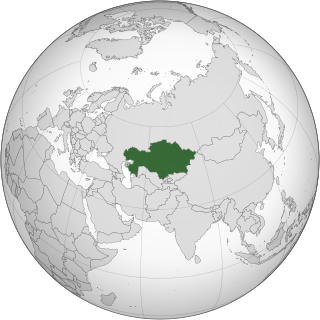
Squatting in Kazakhstan is the occupation of unused land or derelict buildings without the permission of the owner. From the 1980s onwards, migration has brought many people to Almaty who end up living in shanty towns. When the authorities attempted to evict the Shanyrak informal settlement in the mid-2000s it resulted in a riot and one person died.
Squatting in Uruguay is the occupation of unused or derelict buildings or land without the permission of the owner. In the nineteenth century, pueblos de ratas developed when gauchos were forced to settle by the rural enclosures for cattle farming. In the early twentieth century, European migrant workers lived in conventillos.

Squatting in Zimbabwe is the settlement of land or buildings without the permission of the owner. Squatting began under colonialism. After Zimbabwe was created in 1980, peasant farmers and squatters disputed the distribution of land. Informal settlements have developed on the periphery of cities such as Chitungwiza and the capital Harare. In 2005, Operation Murambatsvina evicted an estimated 700,000 people.

Squatting in South Korea is the occupation of land or buildings without the permission of the relevant authorities. From the 1950s onwards, shanty towns called P'anjach'on formed around cities, in particular the capital Seoul. As well as providing housing, squatting is used as a tactic by groups opposing gentrification and striking workers.

Squatting in Chile is the occupation of unused land or derelict buildings without the permission of the owner. From the 1960s onwards, informal settlements known as callampas were permitted although there were also evictions such as the massacre of Puerto Montt in 1969. In the 1970s, the government of Salvador Allende encouraged occupations, then following the coup d'état, the military junta repressed squatting. Callampas then became known as campamentos.
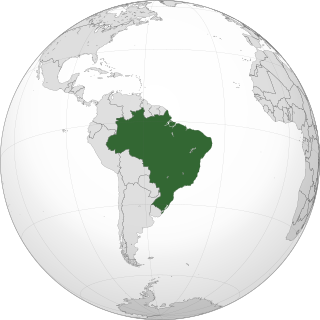
Squatting in Brazil is the occupation of unused or derelict buildings or land without the permission of the owner. After attempting to eradicate slums in the 1960s and 1970s, local governments transitioned to a policy of toleration. Cities such as Recife, Rio de Janeiro and São Paulo have large informal settlements known as favelas. A more recent phenomenon is the occupation of buildings in city centres by organised groups. In rural areas across the country, the Landless Workers' Movement (MST) arranges large land occupations.
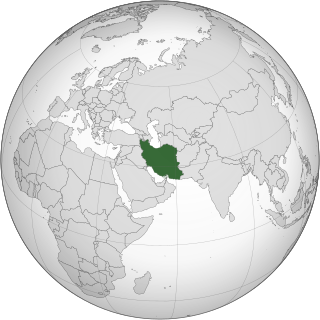
Squatting in Iran mostly occurs around the major cities, as rural migrants move to urban centres. From the 1950s onwards shanty towns have been set up and inhabitants are known as "koukhnishinan". Following the Iranian Revolution of 1979, squatter settlements increased, with the state sometimes evicting and sometimes legalizing the areas.

Squatting in the Philippines occurs when people build makeshift houses called "barong-barong"; urban areas such as Metro Manila and Metro Davao have large informal settlements. The Philippine Statistics Authority has defined a squatter, or alternatively "informal dwellers", as "One who settles on the land of another without title or right or without the owner's consent whether in urban or rural areas". Squatting is criminalized by the Urban Development and Housing Act of 1992, also known as the Lina Law. There have been various attempts to regularize squatter settlements, such as the Zonal Improvement Program and the Community Mortgage Program. In 2018, the Philippine Statistics Authority estimated that out of the country's population of about 106 million, 4.5 million were homeless.

Squatting in Bangladesh occurs when squatters make informal settlements known as "bastees" on the periphery of cities such as Chittagong, Dhaka and Khulna. As of 2013, almost 35 per cent of Bangladesh's urban population lived in informal settlements.

Squatting in Angola occurs when displaced peoples occupy informal settlements in coastal cities such as the capital Luanda. The Government of Angola has been criticized by human rights groups for forcibly evicting squatters and not resettling them.
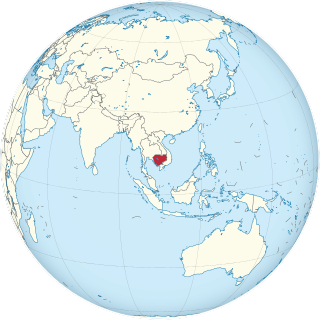
Squatting in Cambodia is the occupation of derelict buildings or unused land without the permission of the owner. Following the Khmer Rouge and the Pol Pot regime, the new democratic government introduced land reform. In the capital Phnom Penh, where in 2003 an estimated 25 per cent of the population was squatting, there are informal settlements and occupied buildings.
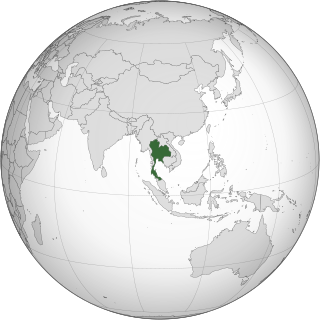
Squatting in Thailand was traditionally permissible under customary law and adverse possession can occur after ten years of continuous occupation. As of 2015, the capital Bangkok had over 2 million squatters, out of a population of around 10 million. A survey of slums across the country noted in 2000 that most were rented not squatted; Khlong Toei District in Bangkok contains both squatters and tenants. There are also squatters in rural areas. The 1975 Agricultural Land Reform Act aimed to redistribute land to poor people under the Sor Por Kor program and as of 2019, 36 million rai of land had been assigned.
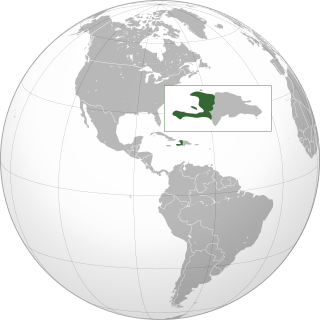
Squatting in Haiti is the occupation of unused land or abandoned buildings without the permission of the owner. Following the Haitian Revolution (1791–1804), squatters acquired smallholdings across the country. As the capital Port-au-Prince grew, so did the informal settlements ringing it. In the Bel Air district, there is some squatting whilst most people pay rent, building their own homes. In 2004, President Jean-Bertrand Aristide was deposed in a coup and poor areas such as Bel Air and Cité Soleil erupted in violence. Peacekeepers from the United Nations Stabilisation Mission in Haiti later evicted ex-combatants squatting in the house of Aristide.

During the colonial occupation of Kenya, Black Africans working on farms owned by white settlers were called "squatters" by the British. As of 1945, there were over 200,000 such squatters in the Highlands and more than half were Kikuyu. The Mau Mau rebellion began amongst these squatters in the late 1940s and after independence in the early 1960s, peasants started squatting land in rural areas without the permission of the owner.


















